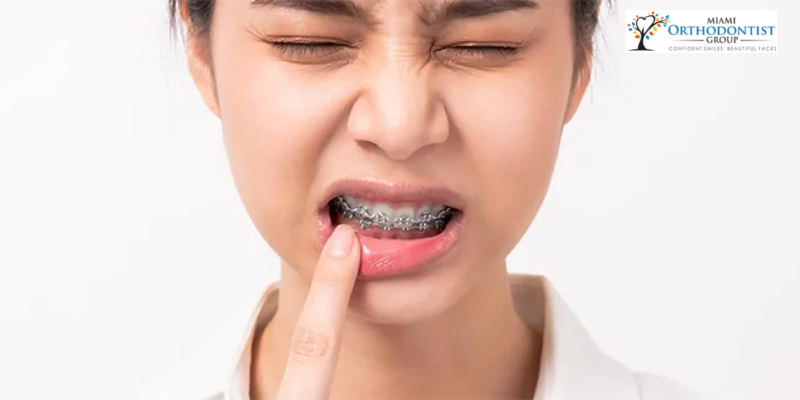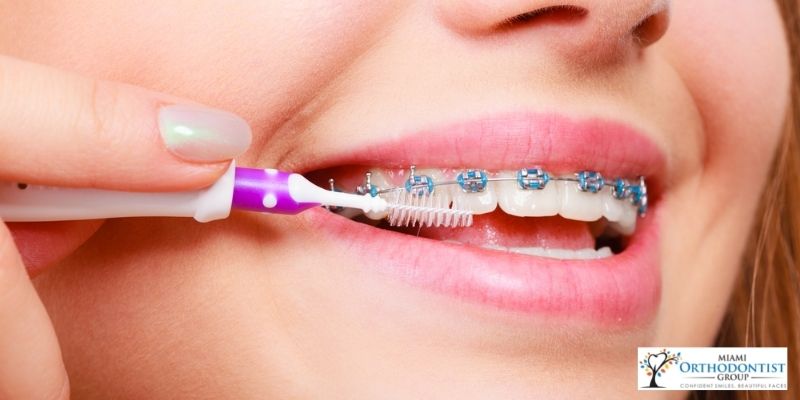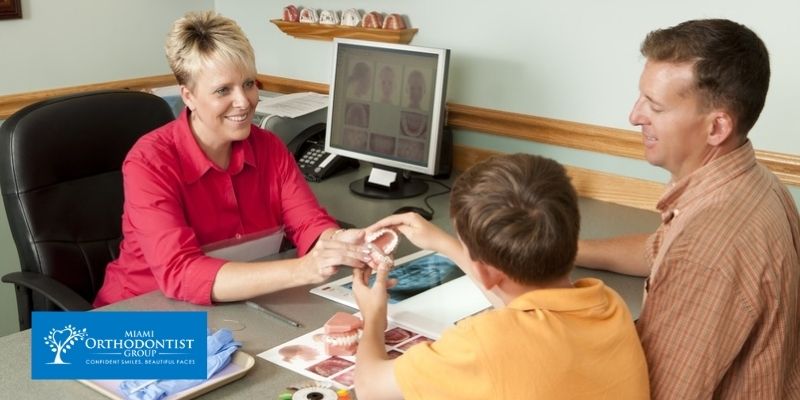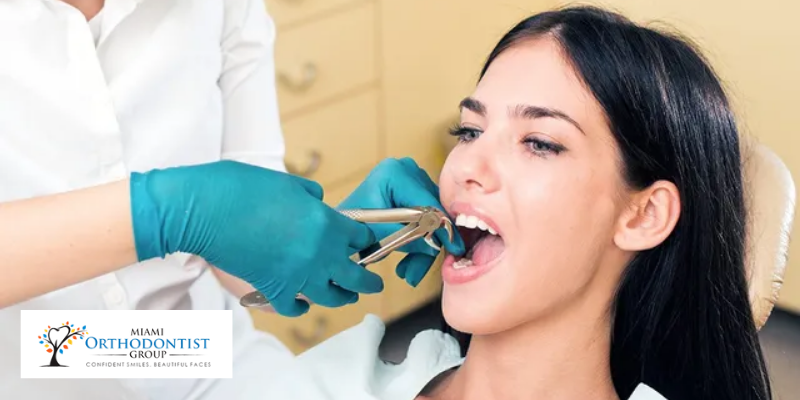Dentofacial orthopedics is a specialized field within orthodontics that focuses on the guidance and correction of facial growth and development, particularly in children and adolescents.
When you least expect it, an orthodontic emergency can strike. It may happen suddenly in any household and at any time.
Nobody suddenly expects they will encounter any dental emergency when they are wearing braces. It can occur at any time. Besides having a chipped tooth or knocked-out teeth that can bring about a severe ache in the tooth, orthodontic emergencies are unlikely to occur.
Ever wondered why it seems like there is always a remedy to a tooth deformity, misalignment, facial or jaw structure, etc.
Beautiful smiles can boost your self-confidence. However, it may not be possible if your teeth are not properly aligned or are crowded.
The oral health of your child is of utmost importance. It is also crucial that you teach them good oral hygiene from a very tender age.
Orthodontic treatment is highly important for children. However, many parents do not know the best time to take their kids to the dentist.








